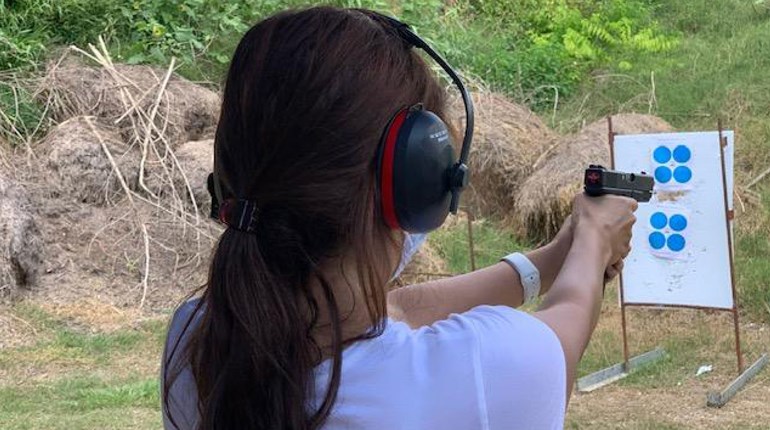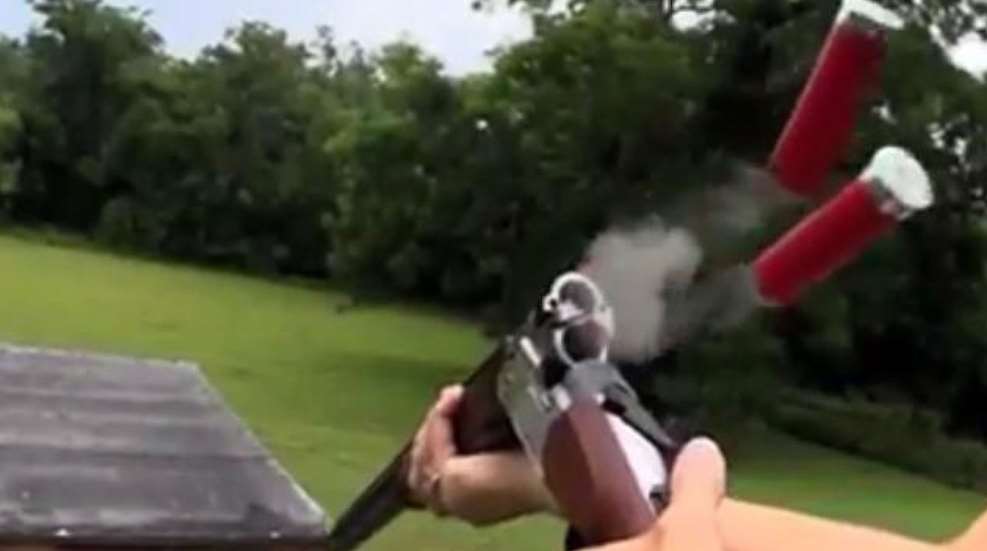
Many shooters do not think much about extractors. They just shoot and assume that the gun knows what to do. In reality, next to the firing pin, the bolt extractor is the one of the most important features of any firearm. Without the extractor, your rifle, shotgun or pistol would turn into a single-shot firearm. In the case of a revolver, you would have a six-shot firearm.
Why? Because if the spent case is not removed, you could not load a live round into the chamber. You cannot simply tilt the firearm up and have the spent case fall out. When the trigger is pulled and the firing pin strikes the primer to start the firing sequence of the cartridge, the case expands outward against the walls of the chamber to prevent gases from leaking to the rear, as the expanding gasses push the bullet down the barrel. This means the case is “stuck” in the chamber. This is also why reloaders must “resize” cases before reloading.
To safely remove a spent case from the chamber of a firearm, you must follow the NRA’s method of handling a malfunction or stoppage. First, you must make sure there is no ammunition present, and remove the ammunition source. Second, you must follow the manufacturer’s instructions for disassembly of the firearm. Third, you must insert a cleaning rod down the barrel, through the muzzle. This knocks the spent case out of the chamber. Once the spent case is removed, the firearm can be reassembled, loaded and fired again. Unfortunately, without a bolt extractor, you must follow these steps with every shot you take.
All firearms will experience a malfunction or stoppage of some type at one time or another. Some stoppages, such as a stovepipe or a double feed, can be addressed on the firing line. Some stoppages require a gunsmith to repair the issue, such as a revolver’s main spring break or a broken firing pin.
Issues with extractors can cause firearm malfunctions and stoppages. Sometimes the extractor is just dirty or has debris under it, and all it takes to remedy is a good cleaning. Unfortunately, most extractor problems are more serious. Issues can range from being broken, to being worn, to being weak. Regardless of which issue your firearm is experiencing, it is time to replace the extractor.
It is important that shooters know the type of extractor that is in their firearm and what a functioning one looks like. This is so, during the cleaning process, you can recognize potential problems before they happen. Being able to identify worn or weak parts is important to ensure that the firearm performs as intended. In a stressful situation, especially one that involves the drawing of your firearm, problems are amplified. This is because your movements are not as smooth and mechanical as when you are at the gun range.
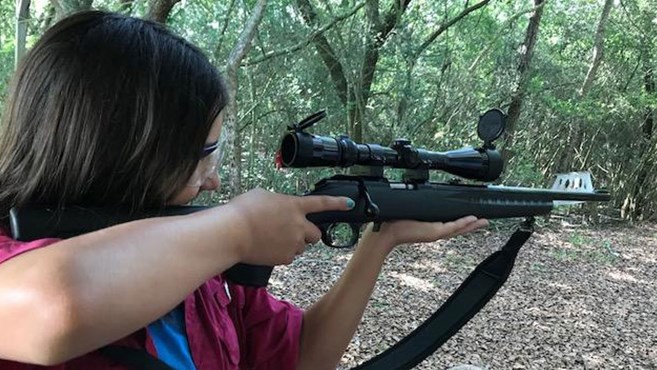
There are four categories of extractors: internal; external; heavy-duty break extractors; and ejector rods.
Internal extractors are usually found in semi-automatic firearms. These include rifles, pistols and shotguns. The body of the extractor is located inside the bolt of the firearm. Internal extractors require less maintenance than external extractors but should be kept clean and can wear out.
External extractors are usually found in bolt-action, pump-action, and some semi-automatic action firearms. This type of extractor is located on the outside of the firearm’s bolt. This type of extractor requires frequent cleaning and inspection for worn or weak parts.
Heavy-Duty break extractors are usually found in break-action firearms such as over-and-under and side-by-side shotguns and rifles. The majority of heavy-duty extractors serve double duty as an ejector, throwing the spent shells or cases clear of the breech for faster reloading.
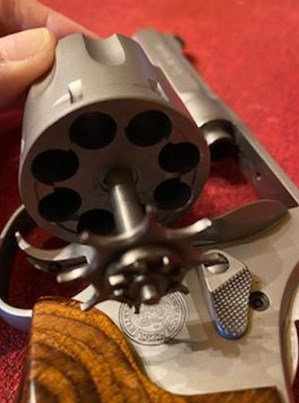
Ejector rods are found in single- and double-action revolvers. In single-action revolvers, the ejector rod is slid toward the cylinder to remove spent or live rounds one at a time through the loading gate. On double action revolvers, a “star” is located at the end of the ejector rod where the cartridge head sits. Depressing the rod pushed the start outward containing all six or more, depending how many chambers the revolver has, spent cases or live rounds at one time for unloading.
There are two types of bolt feeding systems, and the extractor plays a crucial role in the way firearms are loaded: Control feed and push feed loading firearms. There are pros and cons to each type of bolt.
Control feed systems take control of the cartridge and lock onto the head of the cartridge from stripping it from the magazine, bolt travel, and seating into the chamber. The control feed bolt only releases the cartridge when it is thrown from the receiver through the breech of the firearm. This type of feeding system is the strongest of the different types of extractors.
Push feed systems only lock onto the cartridge head when it is seated in the chamber. Push feed bolts, without locking onto the cartridge head, “pushes” the cartridge out of the magazine, pushes it through the bolt travel, and pushes it into the chamber where it locks onto the round.
The majority of bolt action rifles utilize four types of extractors: claw extractors, circular spring extractors, sliding blade extractors, and pivoting hook extractors. It is important that gun owners know what they have and how they operate.
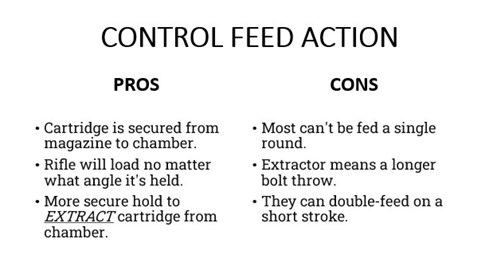
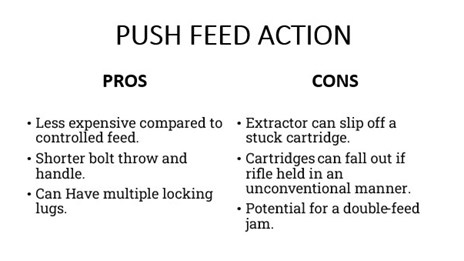
Claw Extractors
Claw extractors are found in control feed systems. These types of extractors are usually associated with Mauser type actions. Claw extractors are the largest and heaviest of the extracting systems. The claw runs the entire length on the outside of the bolt. The claw extends past the bolt head and aggressively grabs and holds the cartridge rim. The hold is so strong that the risk of the extractor slipping off the cartridge head is very low. This is why claw extractors are the preferred choice of those who are hunting dangerous game animals. Claw extractors are control feed systems.
Circular Spring Extractors
Circular spring extractors are usually associated with the current and popular Remington 700 action. The circular spring extractors are a small circular ring that is fitted into a groove before the bolt face. A small lip protrudes inward to grasp the extractor groove of the cartridge. This extractor is very strong and easy to replace when worn out. Unfortunately, it can fail at the most inopportune time. That is why it is very important that this extractor is kept clean, oiled, and inspected after shooting. Circular spring extractors are push feed systems.
Sliding Blade Extractors
Sliding blade extractors are usually associated with Sako rifles. This type of extractor is incorporated into or next to one of the locking lugs. The extractor is fitted in a channel milled in the locking lug or bolt body held in place by a retaining spring. When a cartridge is seated in the chamber and the bolt is locked into place, the extractor is forced or slid backwards and outwards to lock into the extractor groove of the cartridge. Even though this type of extractor is small, it has a great reliability record. It is very important that this type of extractor is kept clean and oiled because debris can cause the extractor to lock into the open position. Sliding blade extractors are push feed systems.
Pivoting Hook Extractors
Pivoting hook extractors are usually associated with Weatherby Vanguard rifles and Blaser rifles. Pivoting hook extractors are also found in Remington shotguns. This type of extractor is sometimes referred to as blade extractors. A pivot hook extractor is pinned to the bolt body and spring operated. When the bolt is closed, the hook or blade pivots upward then locks into the extractor groove of the cartridge or shell. Pivot hook extractors are push feed systems.
Knowing and understanding the type of extractor your firearm has will help you properly maintain your equipment. You need to know what the properly functioning components look like before you can identify worn or broken parts. Extractors are a very important part of properly functioning firearms. It is important we keep our firearms components cleaned, oiled and inspected to ensure that our firearms perform as designed.












